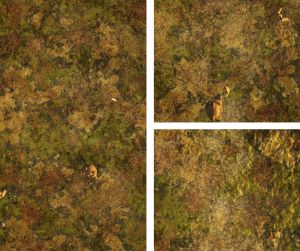
Generating Simulated Data with a Large Language Model
Proc. SPIE 13035, Synthetic Data for Artificial Intelligence and Machine Learning: Tools, Techniques, and Applications II, 2024

Abstract
Enabling abstraction within a programming language has benefits. However, the associated complexity of such abstractions often pose a steep learning curve for users. While user interfaces or visual scripting can help alleviate this to some extent, they often lack readability and reproducibility, especially as complexity grows. Herein, we explore the use of Large Language Models (LLMs) as an intermediate between the nuanced, syntactical programming language and the natural (human) way of describing the world. Our formal language LSCENE is a way to procedurally generate realistic synthetic scenes in the Unreal Engine. This tool is useful because artificial intelligence (AI) typically requires large volumes of labeled data with variety. To generate such data for training and evaluating AI, we employ an LLM to interpret and sample LSCENEs that are compatible with user input. Through this approach, we demonstrate a reduction in abstract complexity, elimination of syntax complexity, and the ability to tackle complex tasks in LSCENE using natural language. To illustrate our findings, we present three experiments with quantitative results focused on spatial reasoning, along with a more intricate qualitative example of automatically generating an environment for a specific biome.